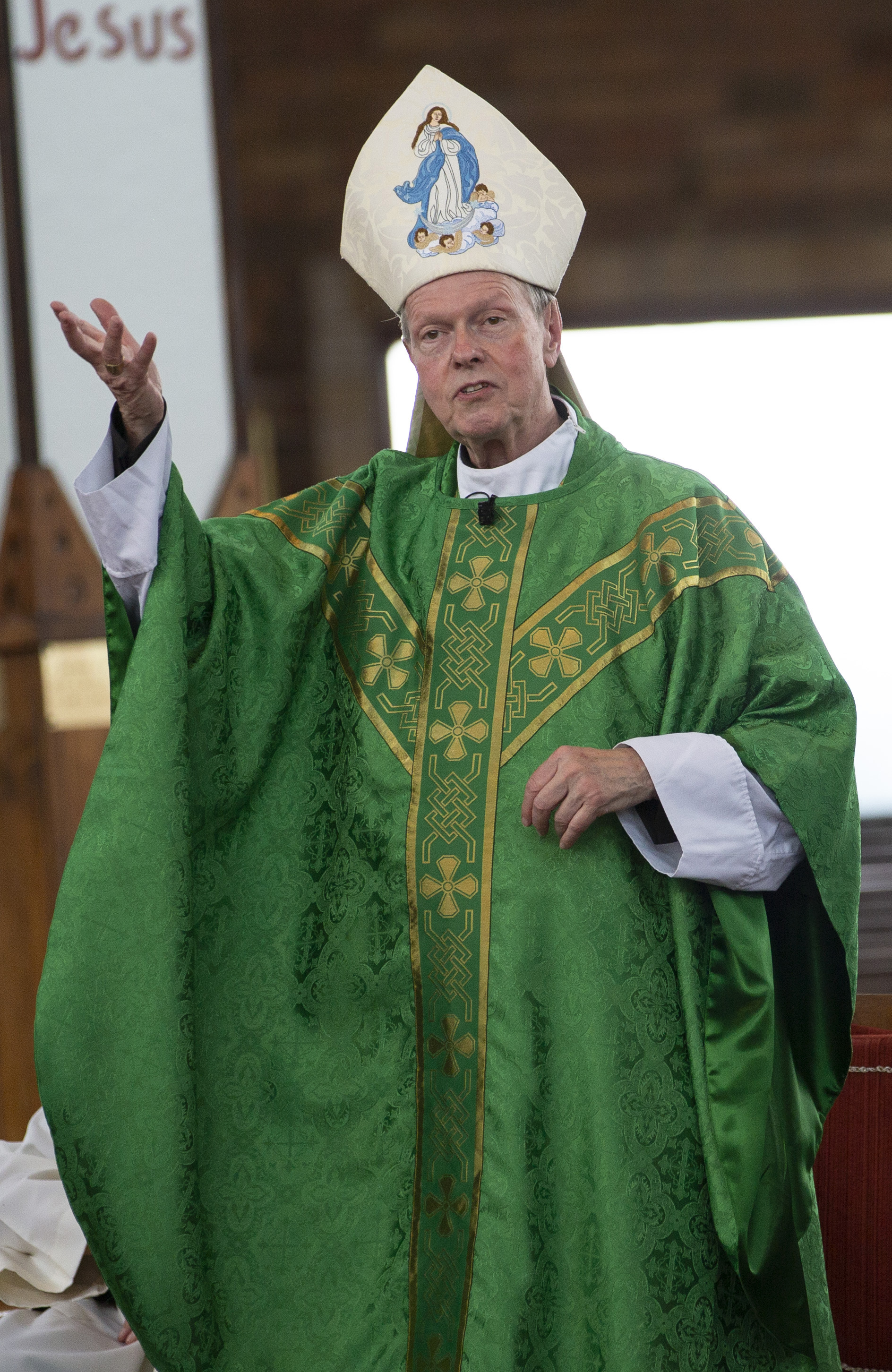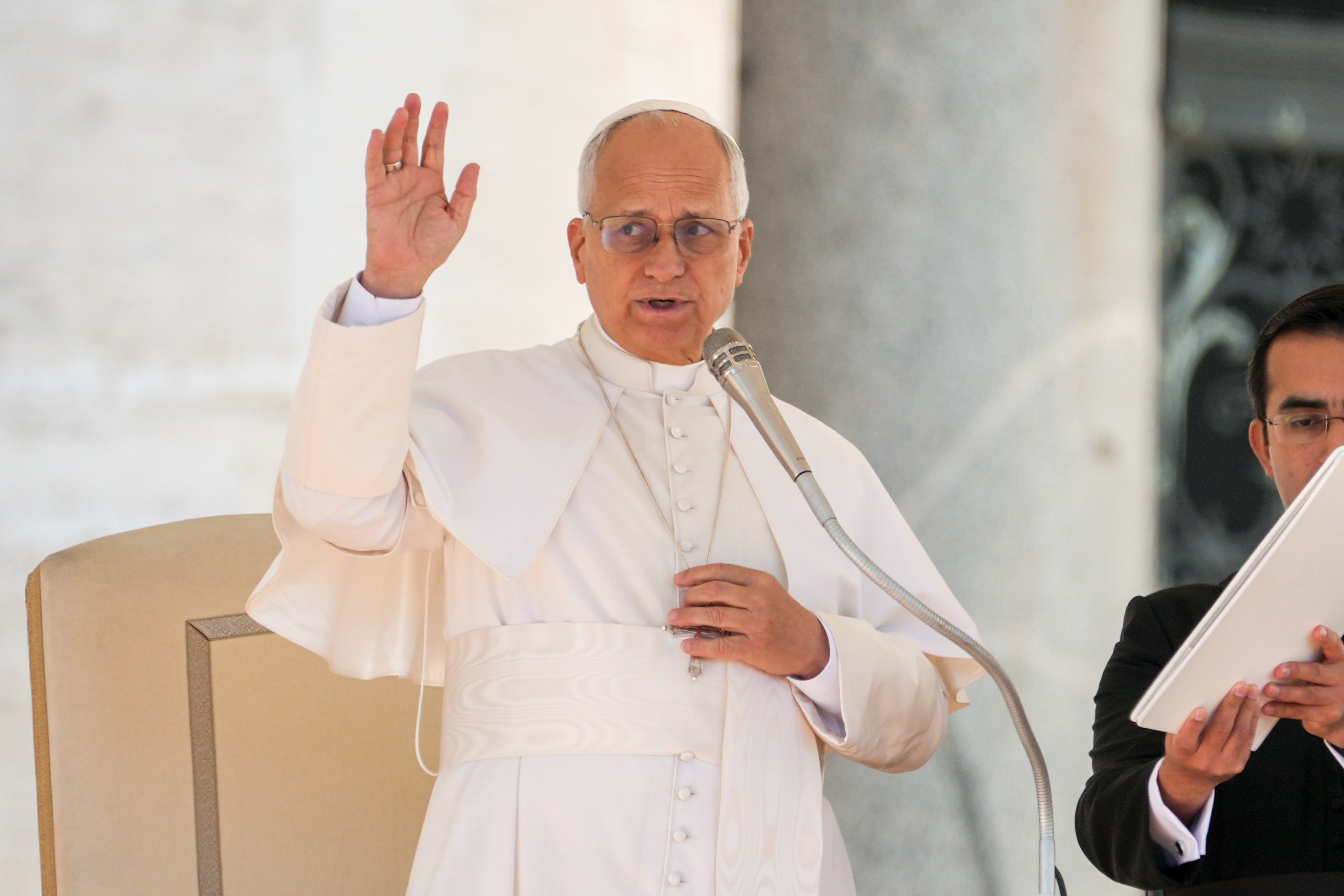April 6, 2018 at 1:53 p.m.
REFLECTIONS ON MERCY
Parable of the prodigal son, Part II: the younger son
The well-known painting by Rembrandt of this parable is our central symbol in the Year of Mercy, because this parable is the Gospel passage that captures how we can understand what God's love and mercy really means. During the Year of Mercy, it's a powerful reminder of the presence of God's mercy, and of our call to imitate this mercy in our lives.
As we have seen, the younger son grossly insults his father by asking for his inheritance right now, rather than when his father dies. This is as good as the son saying to the father, "I wish you were dead so that I could get on with my life and have my inheritance now!"
Despite this, the father agrees, and the son wastes the inheritance and ends up as a slave, starving and alone. Not only has he lost his financial inheritance, he has also lost his inheritance or status as a son, and he has lost his freedom, too.
He comes to his senses and decides to come home, rehearsing the speech he will give to his father. Rembrandt captures all this in the painting: The son kneels at his father's feet. We cannot see the son's face, even though his head is tantalizingly turned slightly toward us; perhaps Rembrandt wants us to imagine the expression that must be there.
However, we can see that the son's clothing is ragged and dirty: He is only wearing a yellowing and torn undergarment. There is no rich and fine red cloak, and his shoes are worn and split; in fact, one has just fallen off. The son is also thin and emaciated. His escapades, relying on himself and his own resources, have got him nowhere; in fact, they have eaten him away, and he is starving -- physically, of course, but also spiritually.
Rembrandt wants us to see all this in the ragged and emaciated figure of the son, who is just a skeleton, a bare outline or cypher of a person.
The son's head is also shaved, something that was done only to slaves or to conscripts. It is a sign of how the son has lost everything: his freedom, his status, his joy and peace, his friends and indeed, his humanity. In sum, we might say that the younger son has lost his personhood.
The younger son, we are told in the parable, journeyed to "a far-off land" -- a place far away from his true calling and personhood and love! Yet, the father embraces him and welcomes him back. We can see the younger son being buried or enveloped in the father's embrace.
The forgiveness and compassion of the father in that embrace is the continuation of the younger son's journey back to personhood: to joy and peace, to true freedom, to humanity. As spiritual author Rev. Henri Nouwen comments, the only beauty of the son is the father's compassion that surrounds him.
There are three key moments in the younger son's journey back to this humanity, personhood and love.
• First, he comes to his senses. We might say he experiences a conversion. So, he makes a decision and a choice: to return to his true home. St. Ambrose puts it beautifully when he writes: "[The younger son] rightly returns to himself, because he had departed from himself. He who returns to God restores himself to himself."
• Then he does not rely on his own resources or merits, but instead acknowledges his failings and places himself under the unmerited love, mercy and compassion of his father.
• Finally, he then truly returns home: that is, he discovers - in a way, for the first time in his life -- who he really is; his freedom, his dignity and so, his true personhood.
The younger son, of course, is a sign of what can happen in our lives: a journey or movement. We can journey away from God and our true humanity, away from our true home. We can rely on our own resources only, or squander our gifts -- time, love, abilities and so on.
Often, we become hungry or even starving, especially spiritually speaking. As St. Ambrose notes: "He who departs from the Word of God is hungry, because man does not live on bread alone, but on every Word of God."
We can though make a choice or a decision to return home to the Father and to receive forgiveness and mercy and so be restored -- to discover what is really is to be a son or daughter of God.
Henri Nouwen quotes another writer, Jakob Rosenberg, to summarize this journey or movement, especially as Rembrandt depicts it in his painting: "The group of the father and son is outwardly almost motionless, but inwardly all the more moved....The story deals not with the human love of an earthly father...what is meant and represented here is the divine love and mercy in its power to transform death into life."
(Father Barratt is pastor of St. Ambrose parish in Latham. He holds a doctorate in theology and was a professor at St. John's Seminary in England before coming to the U.S. in 2004. Read other columns at www.evangelist.org.)[[In-content Ad]]
SOCIAL MEDIA
OSV NEWS
- Texans vote overwhelmingly to enshrine parental rights in state constitution
- Supreme Court declines Kim Davis case seeking to overturn same-sex marriage ruling
- ‘Do you love Jesus more than your political opinion?’: Bishop Tyson says the church faces a test
- Vatican says Swiss Guards investigating alleged antisemitic gesture
- Bishop: Survival of Christian communities in Nigeria depends on security, justice
- Pope asks for extra care when using AI in medicine
- Pope holds long meeting with Belgian abuse survivors
- Delegation of top prelates, lay activists gives Brazil church strong presence at COP30
- Pope offers prayers for the Philippines and for peacemakers
- Dig deep and work patiently to keep church on solid foundation, pope says








Comments:
You must login to comment.